7 African American Foods that Shaped America’s Health and Beauty Industry
As we celebrate Black History Month, I am still catching up on continuing with all the New Year’s Resolutions made hastily before a very music-filled New Year’s Eve I celebrated playing music in Ojai, California with my band.
I would be remiss to not think of my late great grandmother Cora Lee Washington who was very superstitious and unapologetically black, as I scrambled through Uber Eats to find a Soul Food restaurant that would deliver Hoppin’ John, collard greens and a side of cornbread to my front door. My forever-matriarch believed this particular meal would bring good luck and prosperity for the coming year to our family when consumed on New Year’s.
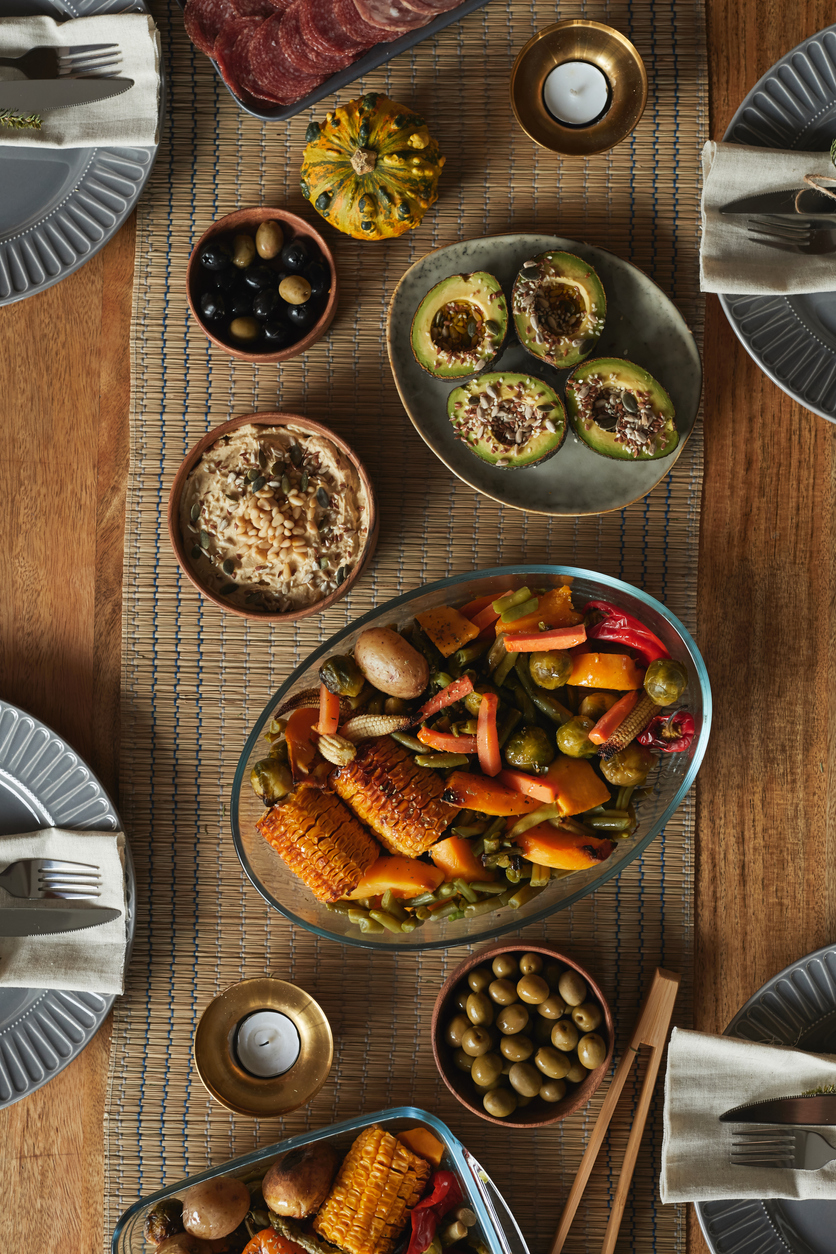
Consisting of black-eyed peas, rice, and smoked pork (such as ham hocks or bacon), it’s served with collard greens and cornbread. The black-eyed peas symbolize coins (silver), the rice represents wealth ($), and the pork signifies progress (moving forward). Collard greens are served because they represent money as well (dollar bills), while cornbread is added on the side as it is also linked to prosperity, due its golden hue (gold).
I eventually gave up my search and went straight to the grocery store to make the meal myself (in true great grandmother fashion). As I cooked, I decided to finally dive into Netflix’s High On The Hog, which has been on my binge list. This hit docuseries stars chef and writer Stephen Satterfield as he traces the delicious roots of African American food, moving from Africa to Texas and based on James Beard Award-winning author Jessica B. Harris' book of the same name.

Cliff Beach's great grandmother, Cora Lee Washington
Inhaling the bouquet of these foods while watching the series made me think even more about my great grandma as she reminisced about all the foods she shared with me over the years. Even though she grew up during the Great Depression she never went hungry.
The foods that we now eat sustained all my ancestors, through slavery and beyond. That is why for this year’s installment of my annual contribution to Beautytap, I’d like to share the wisdom of my great grandma Cora Lee’s Soul Food History: 7 African American foods that shaped America’s health and beauty.
Sweet Potatoes:
A versatile and nutritious ingredient in African American cuisine, sweet potatoes are high in vitamins, fiber, and antioxidants, supporting digestive health and providing a nutrient boost. In health products sweet potato supplements contain beta-carotene, which converts to vitamin A, promoting better skin and immunity. In beauty products, sweet potatoes are often infused into face masks or creams for their antioxidant properties, which dually aid in anti-aging.
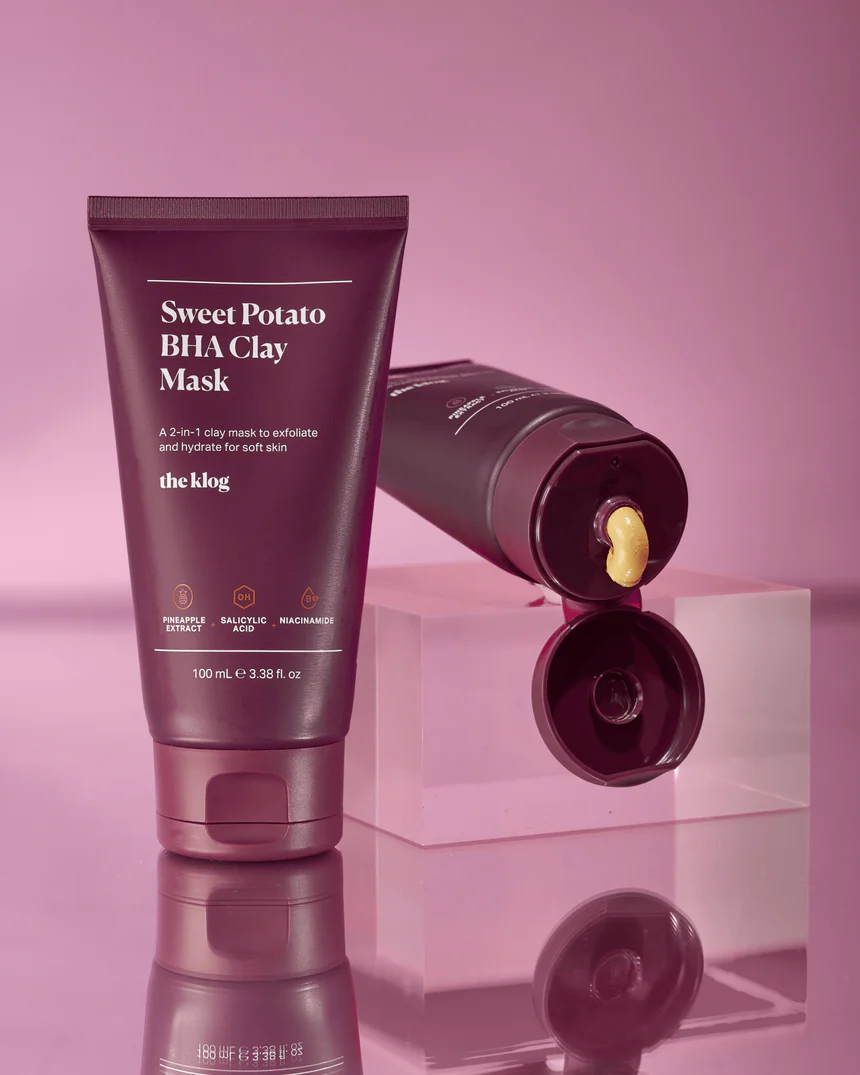
Hibiscus Tea:
Commonly enjoyed in the African American community, hibiscus tea is rich in antioxidants and known for its potential to support heart health, lower blood pressure, and promote hydration. As a health product, hibiscus tea extracts are used in supplements for potential cardiovascular benefits and antioxidant support. In beauty products many companies have created hibiscus-infused skincare products, like toners or masks, for its skin-soothing and anti-inflammatory properties.
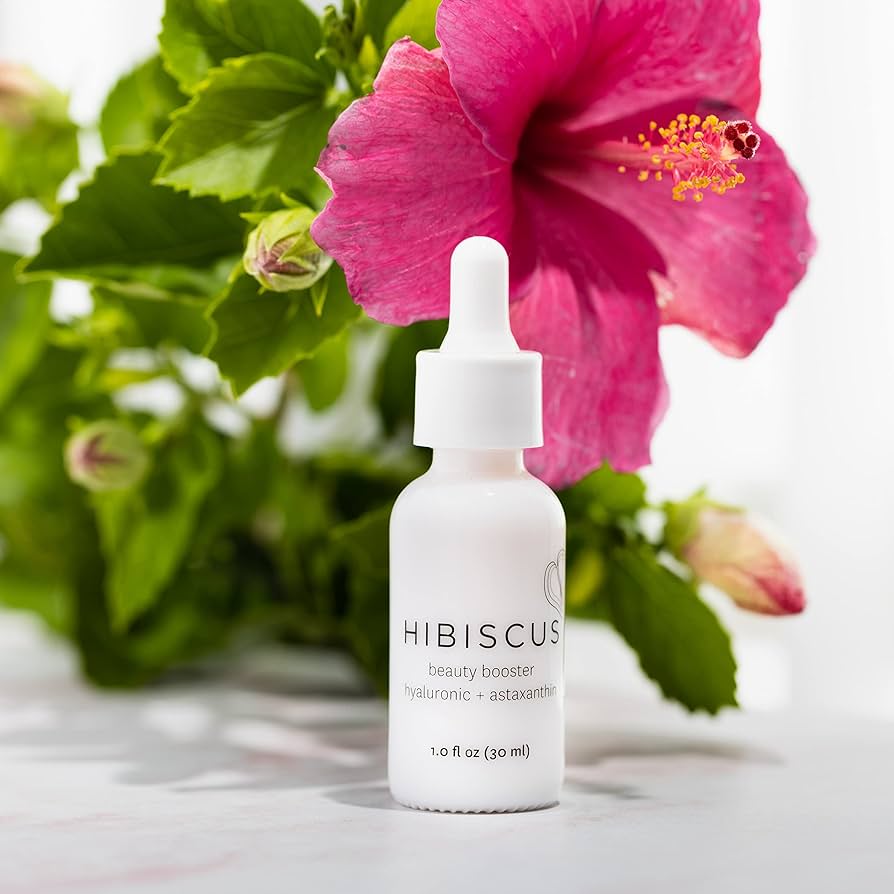
Watermelon:
Beyond being a refreshing fruit, watermelon is rich in vitamins A and C, as well as hydration, contributing to skin health and overall hydration. When found in health products watermelon extract supplements are excellent for hydration support, contain vitamins A and C, and the amino acid citrulline. In the world of beauty, watermelon-infused skincare products like moisturizers or mists, are known for their hydrating and refreshing properties, thanks to its high water content.
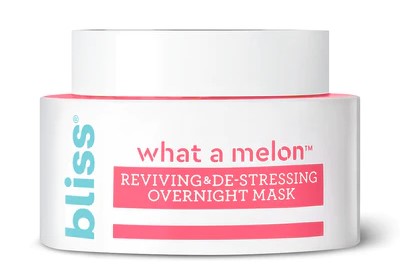
Kale, Turnip, Mustard, and Collard Greens:
Kale, often used in African American cooking, is a nutrient powerhouse, packed with vitamins A, C, and K, as well as antioxidants, contributing to eye health, immunity, and overall well-being. Turnip and mustard greens are excellent sources of vitamins, minerals, and fiber, supporting bone health, digestion, and providing a nutritional boost in various black and southern traditional dishes.
Collard greens are often a staple in African American cuisine, as they are rich in vitamins, fiber, and antioxidants as well, while contributing to better heart health and overall well-being. In health products these greens are used in superfood powders or capsules containing a mix of them for a nutritional boost. In beauty products these green leaf extracts are used widely in skincare for their detoxifying and hydrating effects.
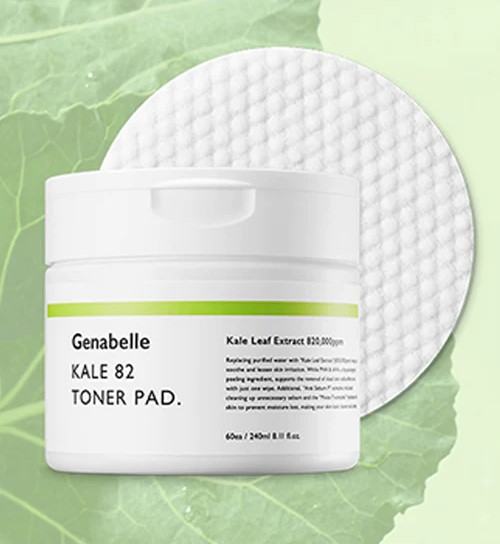
Peanuts:
Commonly used in Southern cuisine, peanuts offer a protein-packed and heart-healthy snack. They contain monounsaturated fats and antioxidants, potentially contributing to improved cardiovascular health. In health products peanut butter is used in supplements, rich with protein and healthy fats for muscle support. In beauty products peanut oil is utilized in skincare products for its moisturizing properties.
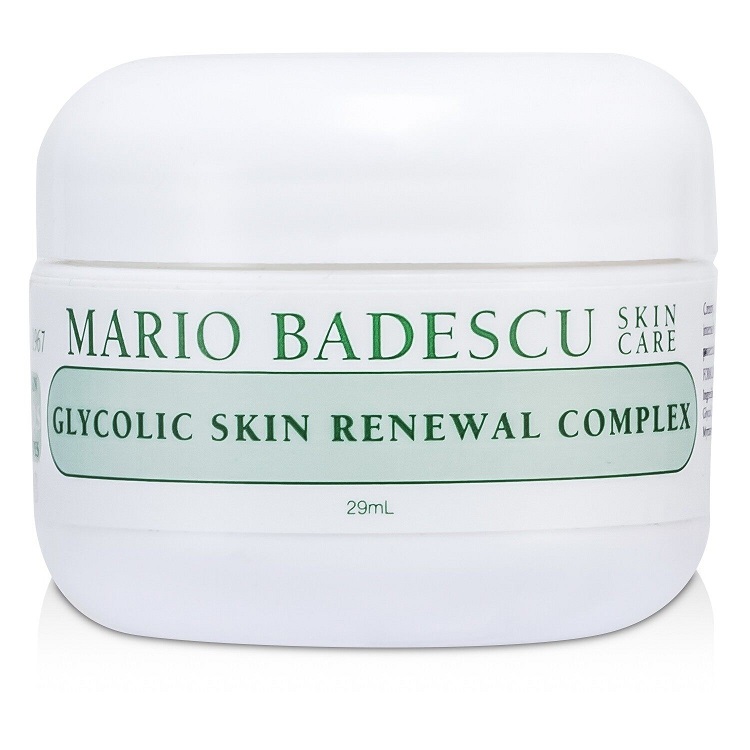
Okra:
This gelatinous green vegetable is commonly used in gumbo and other traditional dishes, as okra is low in calories while high in fiber, vitamin C, and folate, promoting digestion and boosting immune system health. In health products, okra supplements are good for their potential digestive health benefits due to its fiber content. In beauty, okra extract is used in various hair and skincare products for its conditioning and nourishing effects.
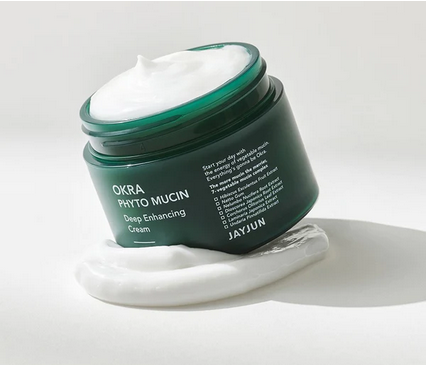
Black-Eyed Peas:
Widely enjoyed in soul food, (Hoppin’ John and more), black-eyed peas are a solid source of protein, fiber, and various nutrients, supporting muscle health and providing sustained energy. In health products black-eyed pea extracts are found in supplements for their protein, fiber, and antioxidant content. In the realm of beauty, black-eyed pea powder can be used in facial masks for exfoliation and skin renewal.
My trip down memory lane was fading fast after consuming the meal I made too quickly (and getting sleepy which we call “the itis”), and my great grandma would have scolded me for this. Even though she never studied past high school, all those old remedies of hers worked. If she wasn’t putting onions in my socks or garlic around my neck, or cooking many delicious meals for me (she rarely went to a restaurant and only on special occasions), she would make sure I knew about my Black history and family history; from her husband’s family owning ice and coal companies, and eventually a grocery store in Pittsburgh, PA, to teaching me about George Washington Carver and how he not only discovered peanut butter (debatable) to also discovering over 300 other uses of peanuts, and over 100 uses for sweet potatoes.

Cliff and his great grandmother, Cora Lee
It is even more ironic that given my great grandma was such an incredible cook, she (who I called “Nannie” while my mom called her “The Dutchess”), my mom couldn’t cook at all. In fact, I won many humorist speech awards from Toastmasters International for my speech “My Mom Is No Betty Crocker,” which chronicles the cooking disasters I survived from childhood (it’s OK because she was a bad cook, but a GREAT Mom).

The two queens in Cliff's life, his mother and great grandmother.
The one bright spot beyond keeping the memory of my great grandma alive is knowing that I am a pretty decent cook thanks to her, and thanks to her sharing not only her love and recipes, but amusing anecdotes about food and how it is woven into the tapestry of all American cuisine, not just African-American.
I guess culinary skills just skip two generations! I’m reminded of the culinary historian Adrian Miller’s famous words which echo my great grandma’s spirit, "In the kitchen, as in life, African American cuisine teaches us that health and beauty are intertwined threads, creating a tapestry of culinary artistry that reflects our heritage and nourishes our well-being!"
Loading...